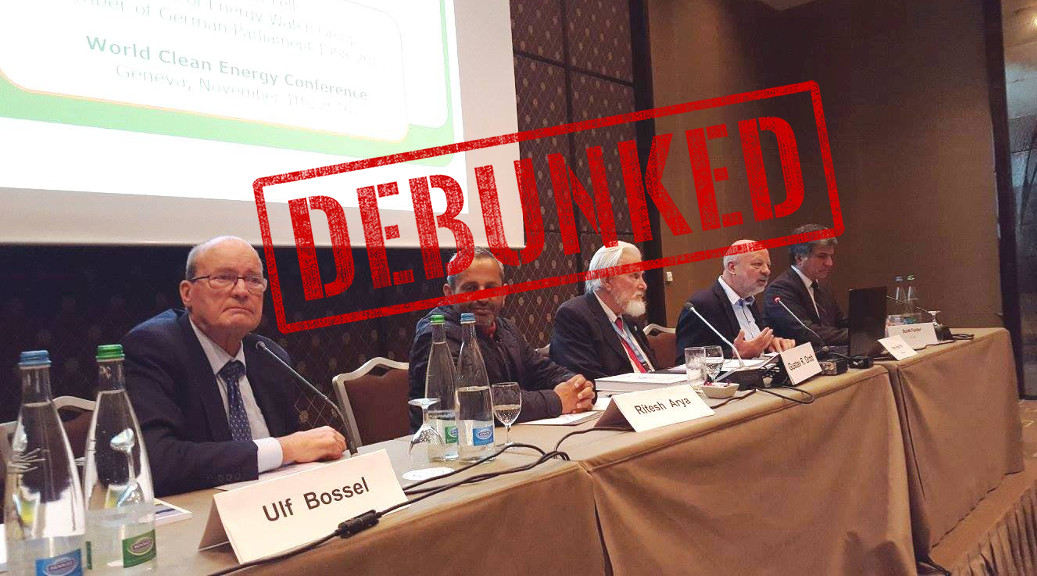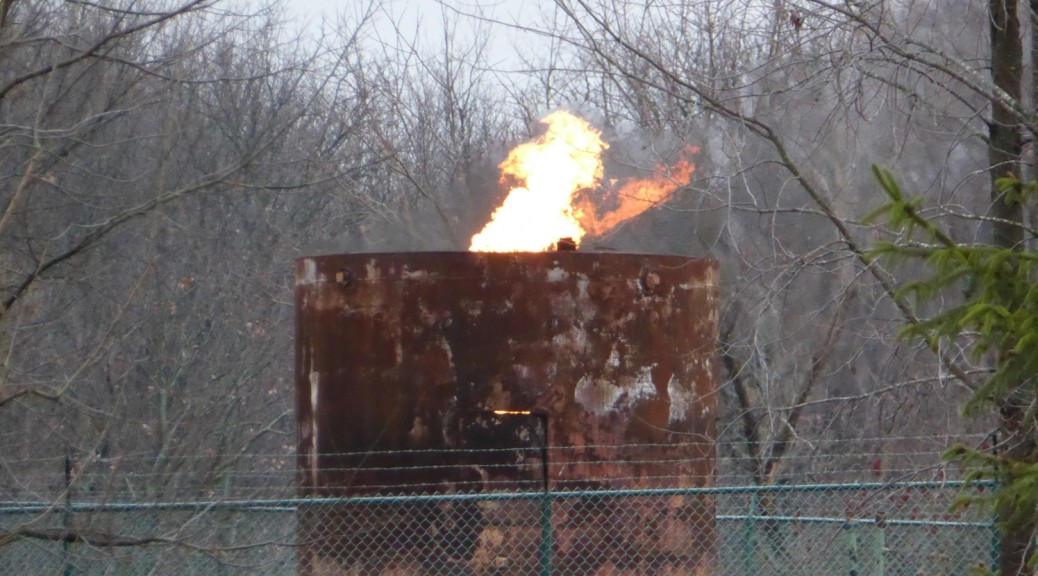Tag: hydrocarbon production
-

RMP’s International LNG Map – 10th Anniversary Upgrade with Report
Introduction In the early 2000s, the United States was bracing for a natural gas shortage. Domestic production was in decline, and forecasts predicted a growing dependence on foreign energy. Against this backdrop, Cheniere Energy began developing their Sabine Pass facility in Louisiana as an import terminal for liquefied natural gas (LNG). This project aimed to…
-

The Truth About Blue Hydrogen
Blue hydrogen is a net zero way of making hydrogen for cars, trucks, boats, ammonia, or anything for that matter. This means a lot of energy produced with no CO2, NOx, SOx, or particulate emissions. Recently some big announcements came out about blue hydrogen investments in Edmonton & Louisiana. These big announcements prompted anti-hydrogen critics…
-

Zero Emission Ammonia Production from Green Hydrogen
RMP’s new post about Zero Emission Ammonia Production from Green Hydrogen examines where we are in August 2020 with regard to scaling production of green hydrogen for green ammonia. Green Ammonia pilot projects are ongoing around the world but in this post, we examine why Australia is the world leader in green ammonia & how…
-

Debunking Dr. Bossel’s Anti-Hydrogen Thesis
In this post RMP debunks Dr. Ulf Bossel’s anti-hydrogen thesis that has been propagated for years and was even published as recent as October 26, 2017 by Electrek. Dr. Bossel’s thesis says that making hydrogen is wasteful but ironically terawatt hours of electricity are being curtailed or wasted because we are not using that energy…
-

Michigan Oil & Gas Monthly – October 2016
In the October 2016 MOGM we look again at the issue of putting Antrim Shale Wells on a vacuum system. We look at the numbers, like always, and we end with some final thoughts on how the word “fracking” has ironically set back environmental protection.
-

2016 Michigan Hydrocarbon Production Results January – June
At this point in October of 2016, all the reporting through the first six months of 2016 is complete. RMP has again downloaded, parsed, and analyzed the Michigan hydrocarbon production data for the Michigan Basin. Click through to check out our reporting and graphical analysis of Michigan Basin production. This post’s cover photo was taken…
-

Michigan Oil & Gas Monthly – September 2016
Click here to read respectmyplanet.org’s September 2016 – Michigan Oil & Gas Monthly magazine. Each month RMP keeps our readers in the Michigan Basin up to date on oil & gas news and activity. RMP is a Michigan based 501(c)3 non-profit organization dedicated to the responsible migration away from crude oil as an energy source…
-

Michigan Oil & Gas Monthly – July 2016
This month a group calling themselves the MICATS staged a protest at Attorney General Bill Schuette’s home in Midland, Michigan. The Detroit News has a story here. For the record, I have never supported extremist groups or individuals like those in MICATS and neither has respectmyplanet.org. I don’t know them, affiliate with them, or in any way…
-

Michigan Oil & Gas Monthly – May 2016
In May 2016, the big news is the Chapter 11 bankruptcy filings of Linn Energy and Breitburn Energy Partners. Both companies are top 5 producers in Michigan with Linn coming in as the #3 producer and Breitburn coming in as the #5 producer. RMP will be watching to see how these bankruptcies impact Michigan oil…
-

Michigan Oil & Gas Production Report January – December 2015
The 2015 full year petroleum production numbers are, according to RMP estimates, 98% reported. That means it’s time to review a whole host of tables and graphs showing you the top hydrocarbon producers in the Michigan Basin for 2015. Check out this annual production summary to see what got produced and where in Michigan. Also,…
-

Michigan Oil & Gas Monthly – March 2016
It was the slowest of times, it was the busiest of times. The first quarter of 2016 has been the slowest ever in Michigan oil & gas activity as it relates to new applications and permits. But, it has been the busiest time ever for applications and permits to connect Michigan Antrim wells up to…
-

Michigan Oil & Gas Monthly – February 2016
Check out the February “follow-up” edition of RMP’s Michigan Oil & Gas Monthly magazine. This month we revisit the Word of Faith 16-27 application for an oil well in the City of Southfield. Thousands of comments have been received and made public by the MDEQ. This month we take a closer look at public sentiment…